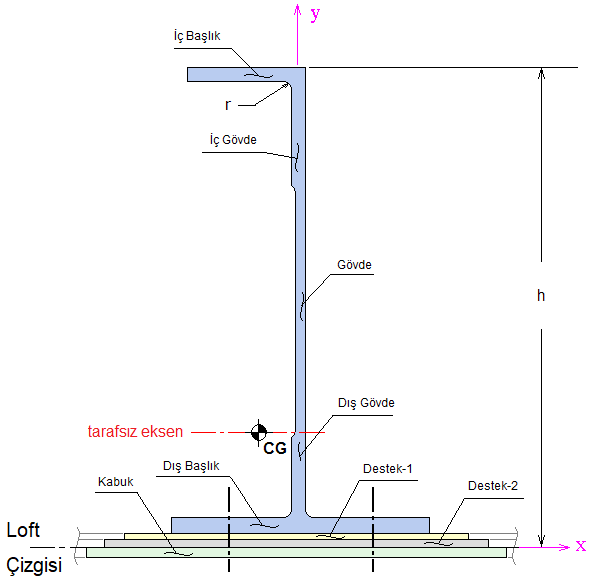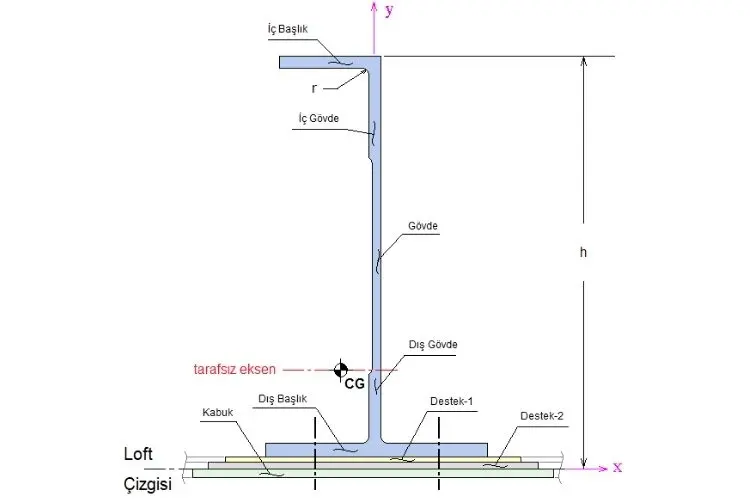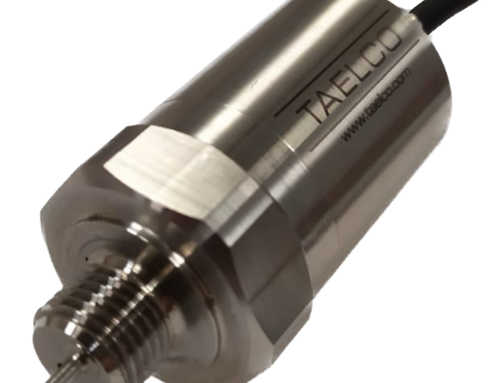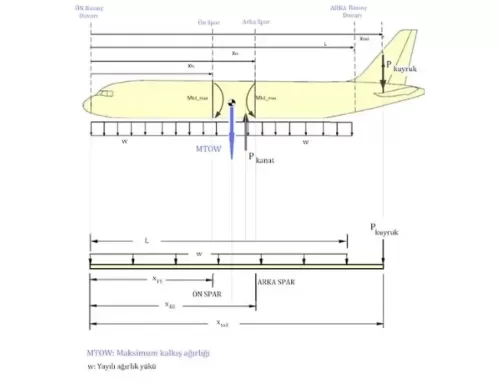Damage States in Thin-Walled Beams
Thin-walled structures, which are widely used in aviation and aerospace vehicles, need to be lightweight yet strong due to their thin nature. However, as structures get thinner, it is observed that damage states shift from strength to stability, and this must be carefully analyzed and controlled. Individuals who fully understand the error conditions given below will not have much difficulty in interpreting the results of analyses conducted using numerical methods.
Detecting damage states in analyses conducted solely with numerical methods is quite difficult. Because the sizes of elements can vary greatly depending on whether the stability problem is local or global. Also, if both global and local stability conditions are to be examined in a single model, the solution to the problem becomes almost impossible. When we include the plastic region of the material in this model, it becomes almost impossible to reach a conclusion with numerical methods. The classical methods presented below largely cover both the elastic and plastic regions of materials.
In short, this is a topic that requires a lot of thought and work to fully understand and implement.
In our upcoming posts, we will try to examine the damage states listed below.
The example of a thin-walled beam is as follows:
Note: The damage states listed here refer to damage states in metals. Many of these are also applicable to composite materials, but there are also some damage states specific to composite materials that are not the subject of today’s post.

Figure-1: A Longeron Cross-Section and Lower Elements.
Damage States in Beams:
Static Strength
- Tension
- Compression / Crippling
- Bending / Shear
Stability
- Lokal buckling
- Inter-rivet buckling
- Euler-Johnson column buckling
- Plate buckling
- Web buckling
- Compression buckling
- Shear buckling
- Bending buckling
- Combined buckling
- Flange buckling
- Compression buckling
- Global buckling
- Lateral buckling
- Euler column buckling
- Flexural buckling
- Torsional buckling
- Flexural-Torsional buckling
- Distortional buckling
- Diagonal Tension






Leave A Comment